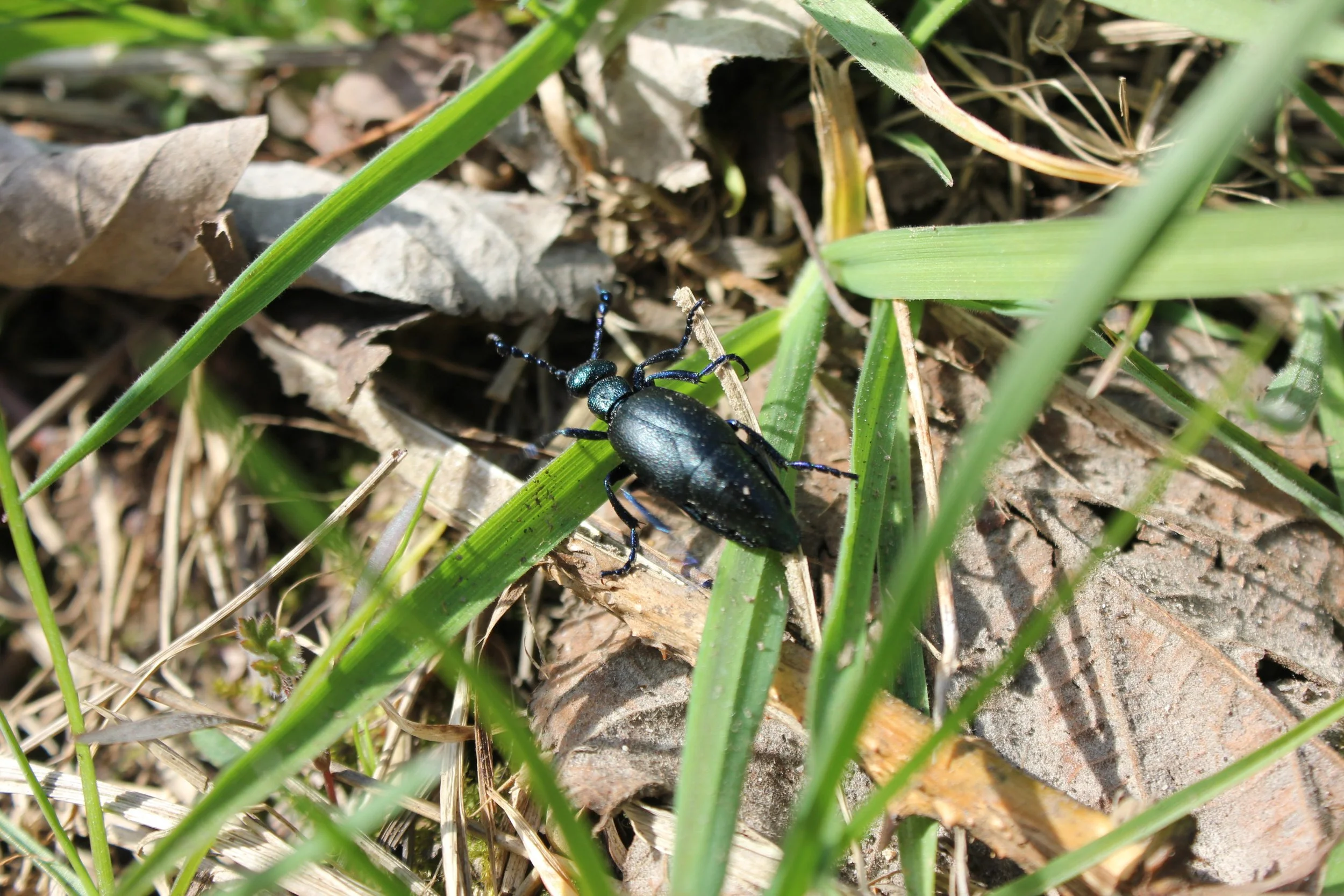Reflections on Spring
April is a time of renewal—a season when the countryside stirs into life, and nature begins to reclaim the landscape after winter’s grip. Here at Cholderton Estate, this resurgence of life isn’t just a seasonal spectacle; it’s at the heart of our farming philosophy.
A Future for British Farming?
Across the UK, we often hear warnings of drastic wildlife decline. Once-thriving ecosystems are shrinking, and industrial farming practices continue to strip the land of its natural resilience. It seems that agriculture must come at the expense of biodiversity.
Here through, we strongly believe in a different future — one where farming and nature work together. The industrial model of high-yield, chemical-intensive agriculture has undoubtedly increased food production, but at what cost? Soil fertility is depleted, watercourses are polluted, and the natural balance that once sustained wildlife is broken. Yet, there is an alternative.
The Power of Regenerative Farming
Regenerative farming offers a way to restore the land while producing high-quality food. By working with nature rather than against it, we can rebuild soil health, increase biodiversity, and even capture carbon from the atmosphere.
At Cholderton Estate our organic grass-fed beef is raised on rich, legume-filled pastures, part of a carefully planned rotation system that improves soil fertility naturally. This traditional, mixed-farming approach is now being recognised as a blueprint for a sustainable future. Instead of relying on chemical inputs, we let the land regenerate itself, creating a patchwork of habitats that support wildlife alongside productive farmland.
Bringing the Landscape to Life
Nature thrives where diversity is encouraged. A neglected, north-facing bank seems barren, yet holds the seeds of a lost wildflower meadow. By grazing it lightly in winter and leaving it undisturbed in summer, the dormant seed bank reawakens, bringing Cowslip, Scabious, and Birds-foot Trefoil into bloom. Butterflies, bees, and birds follow, transforming the landscape into a living, breathing ecosystem.
Or consider a lifeless arable field, does it need to remain an expanse of monotony? Planting hedgerows and wildflower strips restores connectivity, allowing species to move freely. In just a few years, the hedges will be heavy with fruit, drawing in Fieldfares and Redwings, while summer meadows hum with Bumblebees and Yellowhammers.
A Violet Oil Beetle, which depends upon the health of wild bees to complete their own life-cycle.
Woodland, too, can be brought back to life. Regular coppicing allows light to filter through, encouraging violets, wood anemones, and bugle to carpet the forest floor. In return, Silver-washed Fritillary butterflies dance through dappled glades, and birdsong fills the air.
Even a simple pond, perhaps the ghost of an old dew pond, can be revived. With careful planting of Reed Mace, Water Forget-me-not, and Loosestrife, it becomes a sanctuary for toads, dragonflies, and wading birds. Each small intervention brings nature one step closer to recovery.
Experience Regenerative Farming First hand
At Cholderton Estate, we’re not just talking about change—we’re living it. Visitors can see regenerative farming in action, walk through thriving wildflower meadows, watch cattle grazing as they would in a natural ecosystem, and listen to the calls of returning bird species.
By staying with us, you’re not just enjoying the beauty of the countryside—you’re supporting a new vision for British farming, one that values soil health, biodiversity, and sustainable food production.
This spring, take a walk on the wild side and witness the power of nature-led farming. Come and explore Cholderton Estate, where the land is coming back to life.





